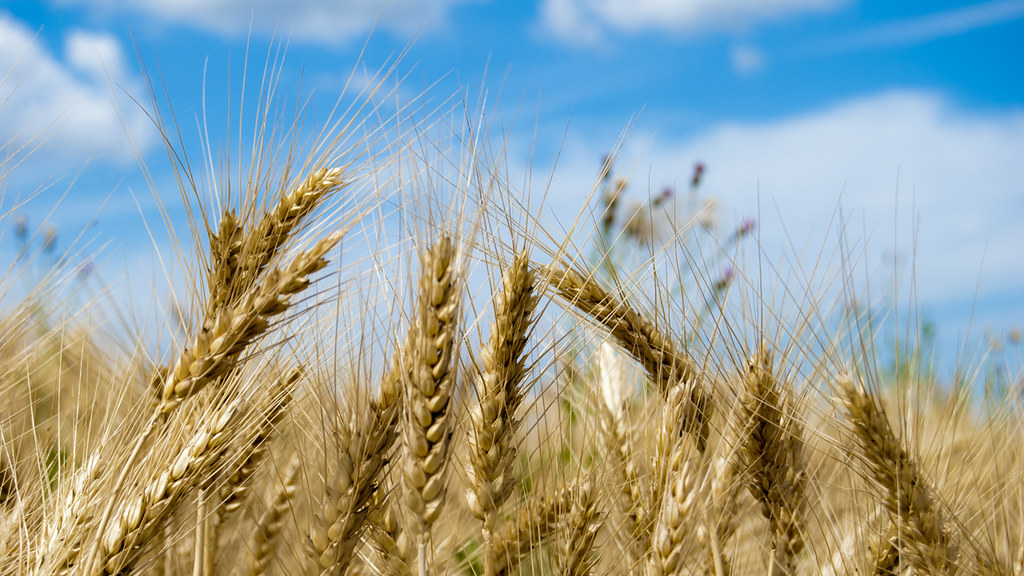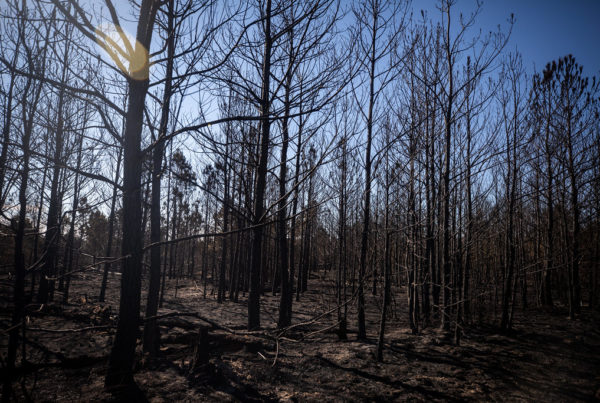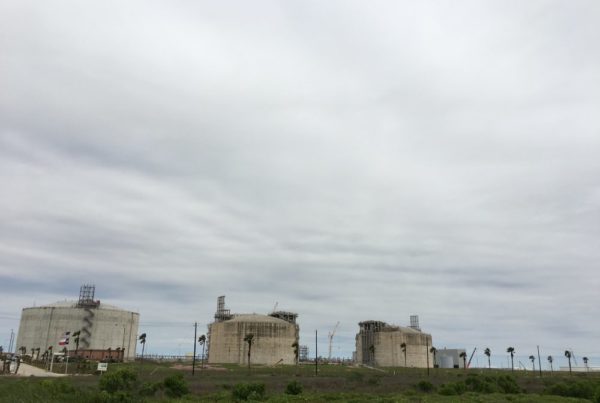A significant portion of the world’s wheat, corn, barley and fertilizers are stuck in Russia and Ukraine. Experts warn that as the war continues, worldwide hunger may increase.
Twenty million people in Sudan are expected to suffer acute hunger this year, due, in part to the ongoing war in Ukraine. Food prices in the United States experienced the largest year-over-year increase in 40 years between February 2021 to February 2022.
Raj Patel is a research professor in the LBJ School of Public Affairs at the University of Texas at Austin. He spoke with Texas Standard about the potential, international consequences of Russia’s invasion on the global food supply. Listen to the interview in the audio player above or read the transcript below.
This interview has been edited lightly for clarity.
Texas Standard: What countries rely on Russia and Ukraine for their food supply?
Raj Patel: Russia and Ukraine account for just under 30% of the global wheat supply. And if you look at the world’s major wheat exporters, it’s the United States, Canada, Australia, Ukraine and Russia. So the countries that are closest to Ukraine and Russia, obviously sub-Saharan Africa and parts of Asia are the ones most directly affected by having that grain supply effectively cut off. And unfortunately, the kinds of emergency food aid that might normally be deployed, well, the United Nations World Food Program usually buys its emergency food aid from Ukraine. So all of this makes for a sort of perfect storm of hunger in sub-Saharan Africa.
What is the current status of hunger in those countries that rely on Russia and Ukraine for food?
Unfortunately, it’s really rather bad. And of course, our attention was distracted also by COVID. And so under COVID, we saw massive increases in the number and percentage of humans who are hungry and not just in Sub-Saharan Africa, but also in Asia. People often forget that the most hungry people in the Asia-Pacific region, usually around South Asia. And so we’ve been ignoring that problem for a while. And so now we’ve got conflict, we’ve got climate change, we’ve got COVID and that’s all, you know, sort of a horrible cocktail of c’s that has all come together.
What is the worst case scenario for these countries and these people facing hunger?
Well, I mean, right now we already have 2.3 billion people who are food insecure, and the U.N. suggests that in a worst case scenario, food prices will rise by 8.5%. And that means tens of millions more will become food insecure and will hit about 830 million people who are actually malnourished throughout the year. So it’s a catastrophic number already, and it’s going up.
What can the U.S. and other countries do to try and offset this hunger?
Well, in fact, there is not much the U.S. can do initially to provide more grain from here. Our winter wheat harvest is over and we’re experiencing the effects of climate change with a big drought in the belt of the northern United States that normally grows grain. But what we can do is pay for grain elsewhere in the world and start shipping it immediately. Also, what we can do is start canceling Third World debt. One of the reasons why large parts of the world don’t grow their own grain is because through long histories of debt, they’re growing tropical products for us to consume here. If we cancel that debt, we’d free up some land that the countries would be able to use to grow food for themselves. So I think that there’s a sort of short term solution, which is emergency food aid and quite a lot of it. But in the medium and long term, we need to think about how it is that we’ve had a hand in creating a world that is so prone to these periodic shocks, you know, this isn’t the first time this has happened. We saw food riots through the Arab Spring in 2010. This is becoming a rather sadly predictable cycle of protests and hunger. And it’s something that we can and should break.
Is there political will to cancel some of that debt? And should we not be focusing on the short term, immediate emergencies?
That’s always the problem, isn’t it, David, that what we lurched from one immediate object of our attention to another? And that’s why in the past 15 years, we’re heading to three periods of food riots and food crises. Surely, we can do a little better than that.














